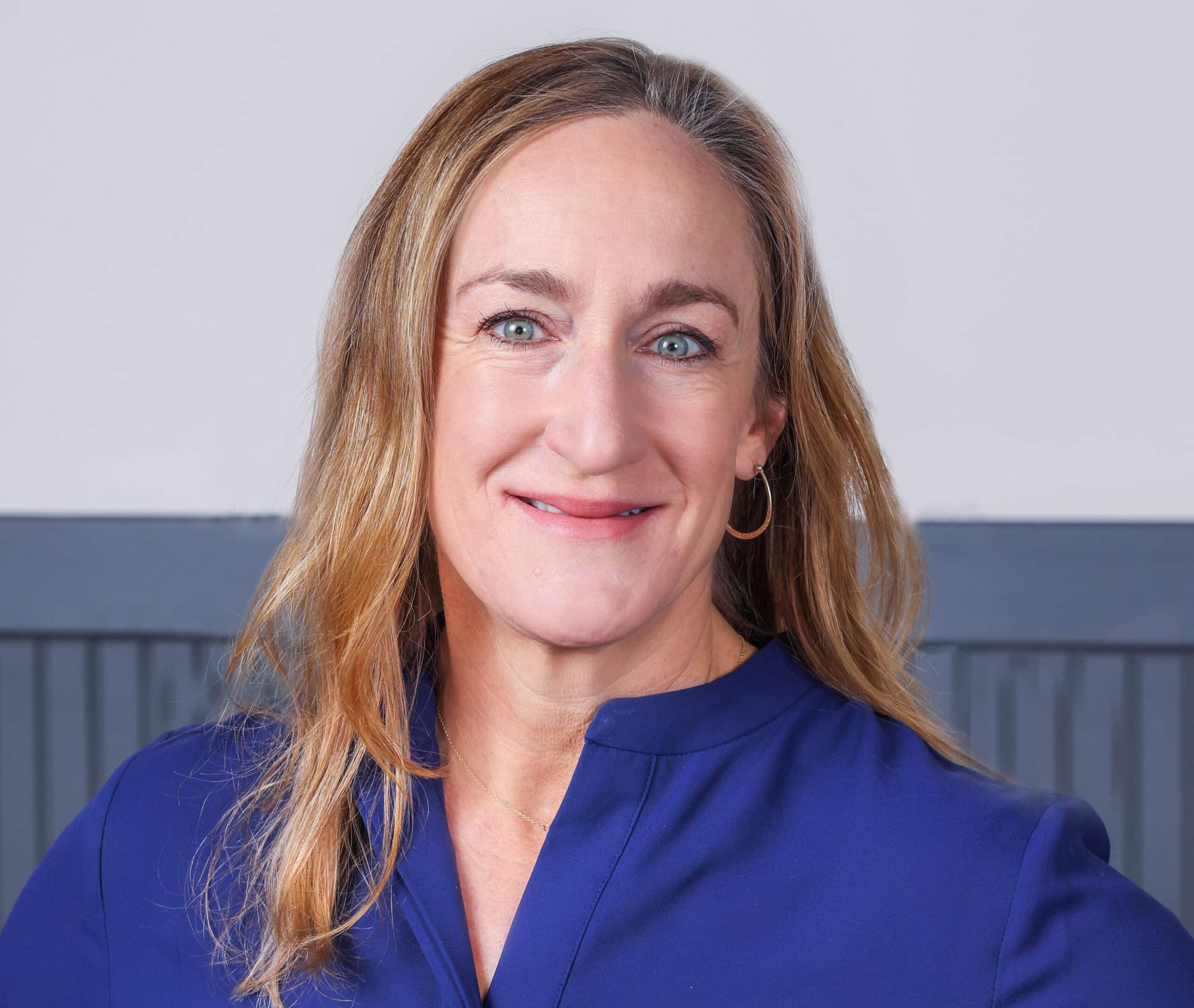Expectations and anticipated requirements around “meaningful engagement” in the context of environmental justice (EJ) are changing. Federal and state agencies are developing and updating their EJ screening tools swiftly. Additionally, these agencies are changing their perspective on what counts as “meaningful” when working with EJ communities. States are creating task forces to address EJ and incorporate it into the framework of state agency decision-making. The U.S. Environmental Protection Agency (EPA) and other agencies are hosting public meetings with the goal of understanding the best practices around community engagement.
Even since our last EJ Both True in April, the landscape has continued to evolve. The challenge today is not whether to engage but how to engage. With rapidly changing definitions, requirements, and regulations, it is imperative for oil and gas leaders to understand what’s already here and what’s coming next. In the same way that safety culture began as peripheral and shifted to company-culture-centric, I expect EJ work to become central to company work in the coming decade.
Both of these things are true:
- Environmental justice regulation is varied, confusing, and evolving fast.
- Communities that have long been overlooked are now getting the attention they deserve; environmental justice is an undeniable part of our energy future.
The situation
With the release of the Justice40 Initiative, the Environmental Justice Scorecard, and the EJScreen, EJ is becoming embedded in federal and state policy frameworks. Federal funds are being linked to the incorporation of EJ and to engagement with disproportionately impacted communities. There are even funds set aside for EJ in the Inflation Reduction Act.
The rising emphasis on EJ has caught the attention of not only policymakers but also environmental activists and eNGOs. Organizations, such as the Environmental Defense Fund, are adding EJ to their agenda and making it a high priority. EJ communities want to play a significant role in planning and decision-making. Across all fronts, stakeholder expectations are rising, and the “check the box” mentality around EJ is no longer acceptable. “Meaningful engagement” is the new standard.
What does meaningful engagement look like? EJ communities are stakeholders. They are stakeholders that have historically been overlooked, but the pendulum has swung in their favor. In 2021, the Joe Biden–Kamala Harris administration empowered the White House Environmental Justice Advisory Council (WHEJAC) to take action on behalf of the people in these communities, with the goal of ensuring their fair treatment and opportunities for their involvement in projects planned for the areas where they live and work. Since then, the WHEJAC has held several public meetings to continue to evolve what meaningful EJ engagement looks like. Here are our key takeaways from the evolution to date:
- Community members want to actively participate in decisions around projects that will affect their health, their air and water quality, and their community in general.
- They want ongoing dialogue. The days of only one opportunity to attend a public hearing before environmental permits were issued are over.
- They want to be invited participants, with access to information in their languages and on the platforms they use.
- They want more than their voices to be heard: They want to have their input received and acknowledged and their concerns addressed.
Seize the day
If you have not yet devised an EJ strategy within your organization, it is now time. Take your organization’s EJ planning to the next level:
- Get smart. Your leadership needs to be familiar with the concepts and expectations around EJ. You can start with Adamantine’s white paper Environmental Justice: What to Know and Where to Start.
- Understand what defines an EJ community where you operate. There are several ways to do so, but the most accessible way is to use EJScreen. Some states have developed their own versions of the screening tool. It’s a good idea to check with your state’s environmental protection agency to see what’s available and adapt your screening to your location.
- Develop strategies. Meaningful EJ engagement is no longer simply about education or consultation — it’s about community agency and influence within a project. Your company’s EJ engagement needs to be early, often, and ongoing — build this into your project plans.
- Build EJ planning into your corporate systems. Expectations around EJ engagement will continue to challenge historic ways of planning and executing company projects. Build an EJ framework into your company’s planning and operating systems.
All people, regardless of race, color, national origin, or income, deserve the same degree of engagement on project development within their communities.
Thank you to LaTorria Sims for her work in writing this Both True.
Need help developing your company’s EJ strategy? Adamantine can help — reach out to learn more. If this post was forwarded to you, please take a moment and subscribe here.
To our collective evolution,
Tisha

